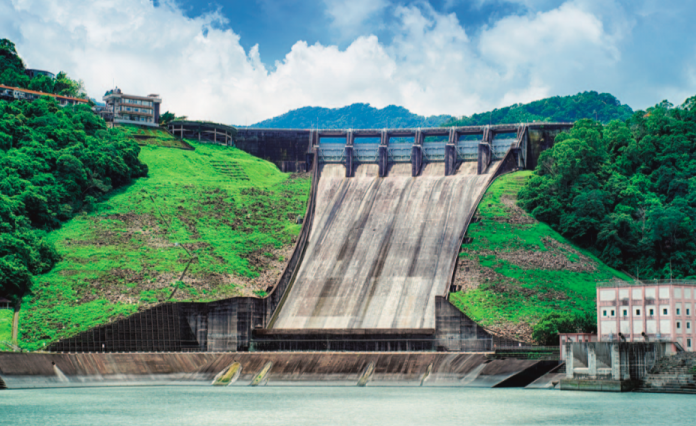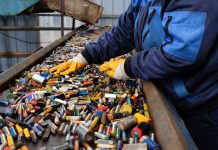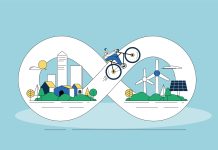As sustainability becomes more and more vital to achieving a circular economy, Open Access Government discusses the work of Taiwan’s Environmental Protection Administration (EPA)
The nation of Taiwan and its Environmental Protection Administration (EPA) are currently working towards improving their food self-sufficiency rate. Essentially, this means that ideally, Taiwan would grow and farm most of the food they consume, rather than relying on imports from other countries. According to a recent study of Taiwan’s Food Security Strategy, the nation’s food self-sufficiency rate in 2018-19 was a mere 35%, however, the government set a target of expanding this to 40% by the end of 2020. This is still a low percentage in comparison to other countries. As a result of this, Taiwan’s EPA is currently implementing strategies to increase self-sufficiency via various methods.
Reduce food waste
One of these methods is by reducing food waste, which the EPA believes will help to achieve a “circular economy.” A circular economy is a system which means that resources are managed in the most effective of ways. This is of key importance to Taiwan as “Taiwan has a high population density and not enough resources to support the population. It imports 98.8% of its fossil fuel, 98% of its metals and 71.8% of its biomass needs,” according to The European Chamber of Commerce for Taiwan (ECCT).
One of the methods the EPA intends to use is by both reducing food waste and then recycling it. They recycle it in two ways, either for energy or as pig feed to fuel a sustainable farming effort. For instance, the EPA has recently constructed “a bioenergy plant built in Taichung City to convert food waste into green energy.” This is part of their efforts to work towards a circular economy. They have also used food waste to create a “beautiful garden city in Nantou County” which is covered in an abundance of flowers and plants.
“Taiwan has a high population density and not enough resources to support the population. It imports 98.8% of its fossil fuel, 98% of its metals and 71.8% of its biomass needs,” according to The European Chamber of Commerce for Taiwan (ECCT).”
Industrial waste and landfill
However, it is worth noting that there is a long way to go before a true circular economy is achieved. The ECCT argues that “there are still problems such as pollution, illegal factories and waste. The capacity of Taiwan’s landfills for industrial waste will run out by 2020.” Furthermore, the ECCT states that, “this illustrates the urgency of going beyond recycling and adopting a more comprehensive and systematic approach.” On this evidence, it can be argued that the EPA need to do much more; a garden city may be nice, but it is clearly not the answer to illegal factories and Taiwan’s waste management issues.
The EPA is currently trying to address the issues of waste and landfill sites in Taiwan. This is officially referred to as, “Methods and Facilities Standards for the Storage, Clearance and Disposal of Industrial Waste.”
Two of the EPA’s goals as part of this plan are firstly, to ensure that the management of landfill sites in Taiwan become more transparent. For instance, all managers of landfill sites will be required to ensure that groundwater quality is monitored frequently and that they submit restoration plans for the area when the landfills are complete. Secondly, the EPA is also looking to improve the procedures for the transportation of hazardous waste. This is of particular importance to Taiwan, as recently, lawmakers have called for stricter monitoring of hazardous waste, as they believe the government and EPA are not going far enough.
It is clear that the EPA is working hard to address challenges related to waste to develop a circular economy in Taiwan. However, it is also evident that they need to go beyond what they are currently doing to achieve their goals in what it is a highly complex series of issues.
Open Access Government











